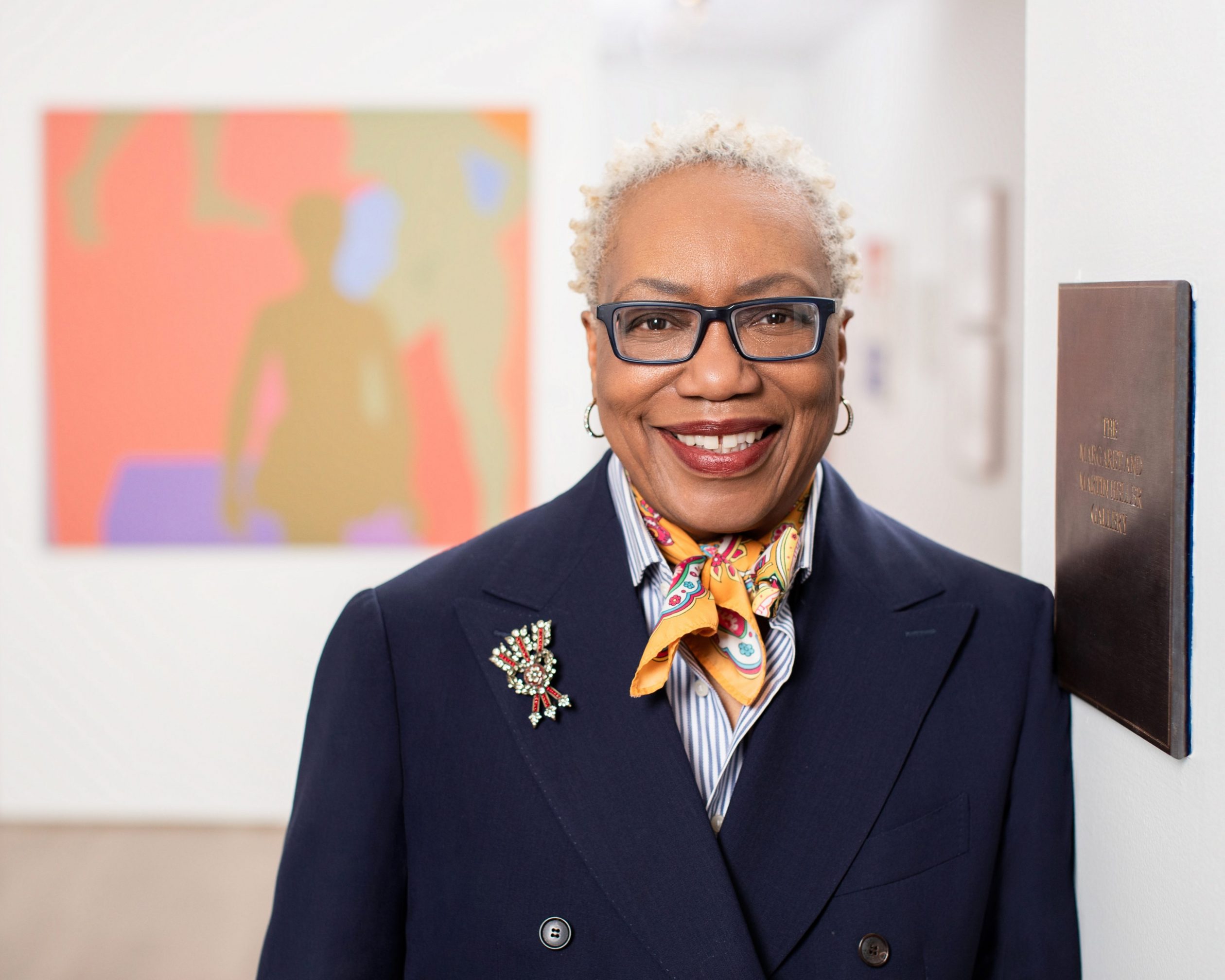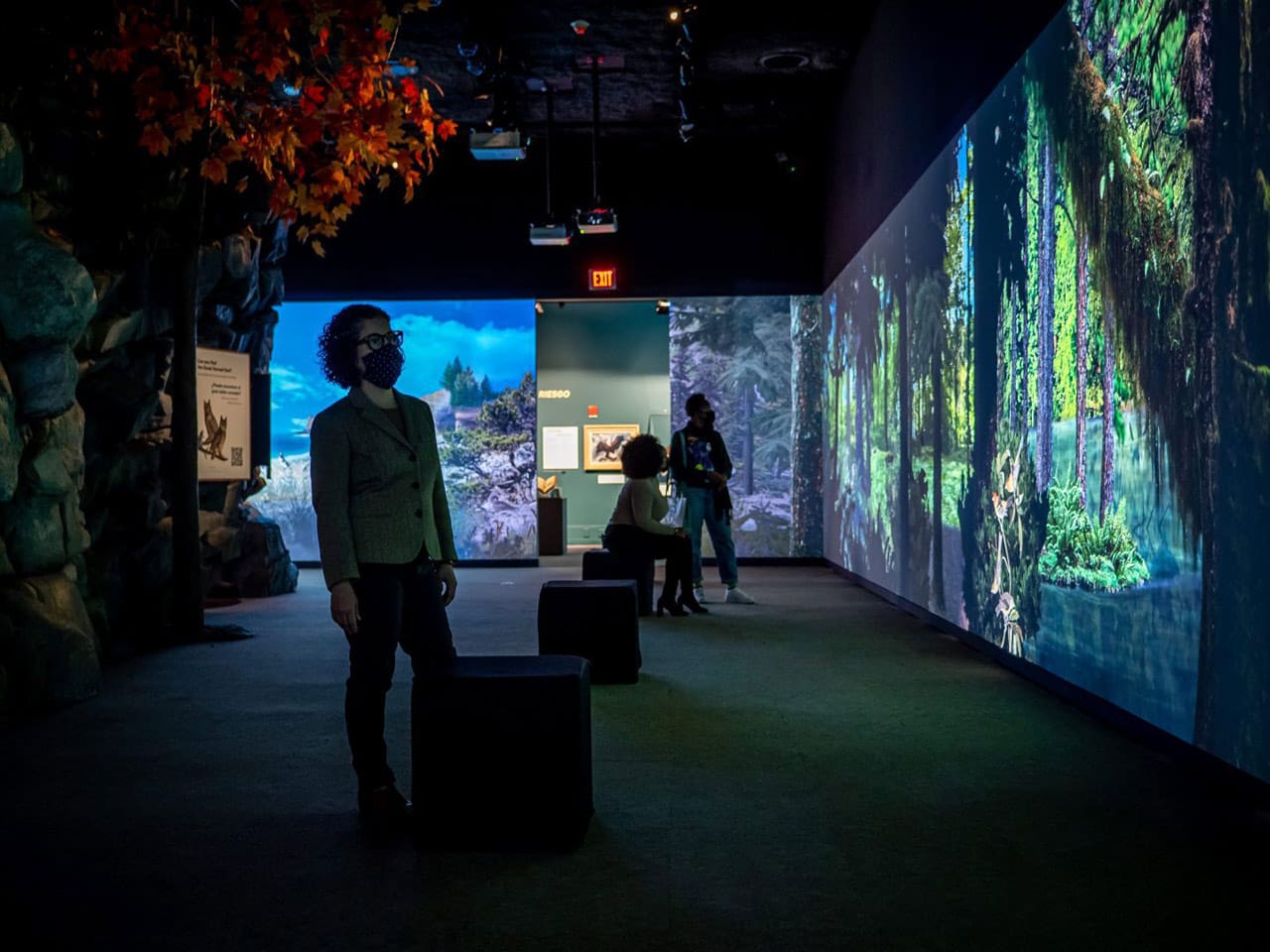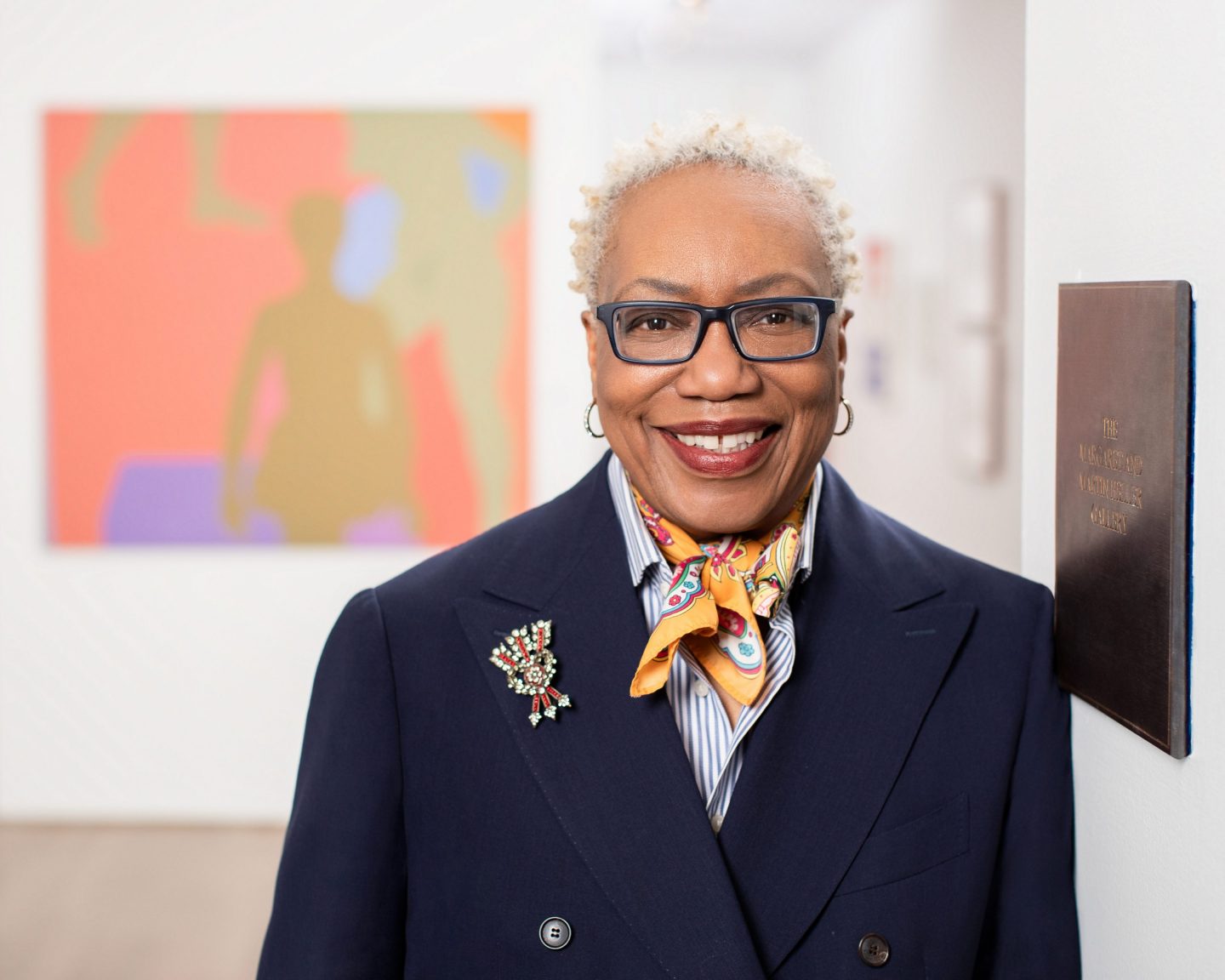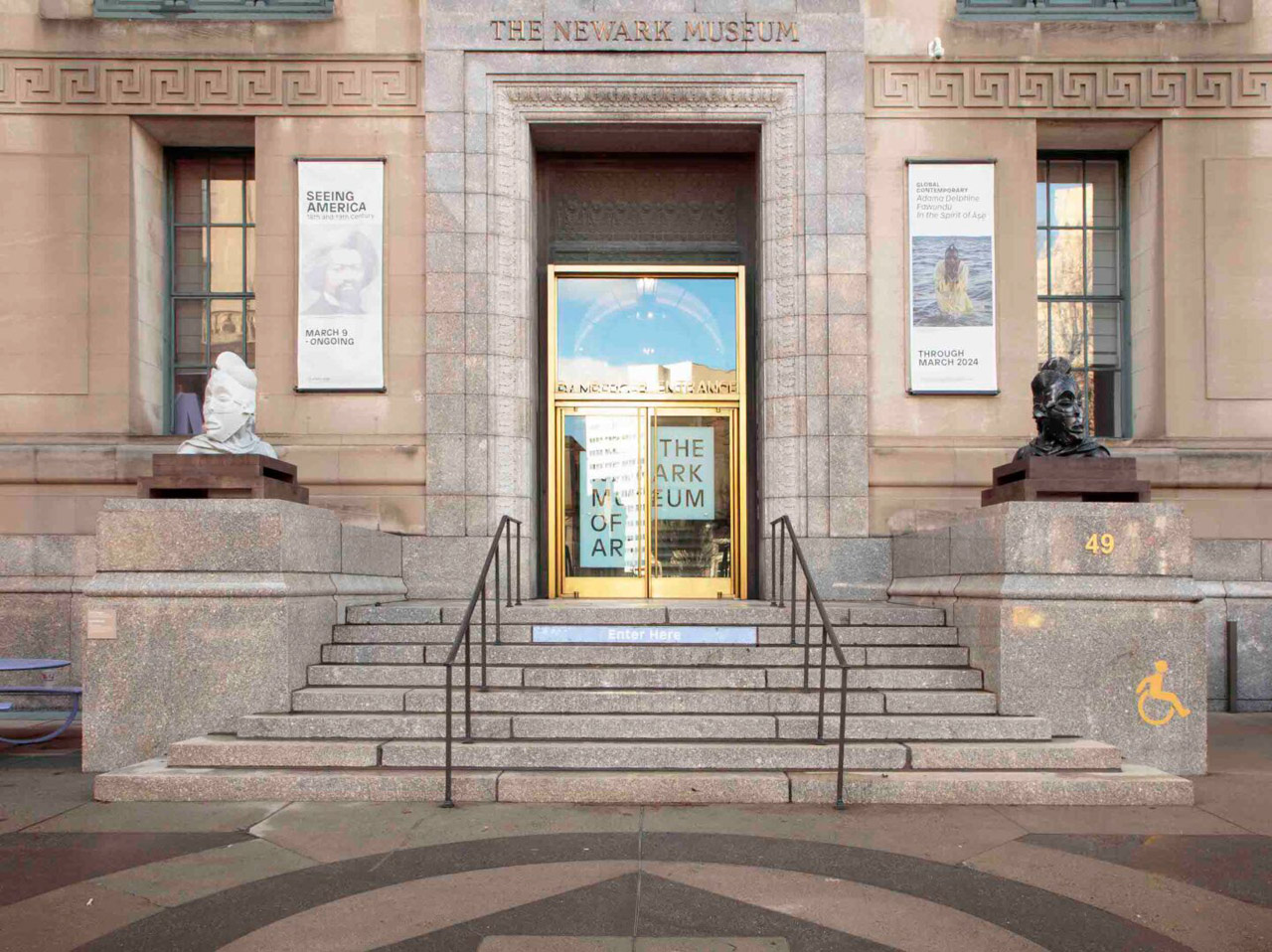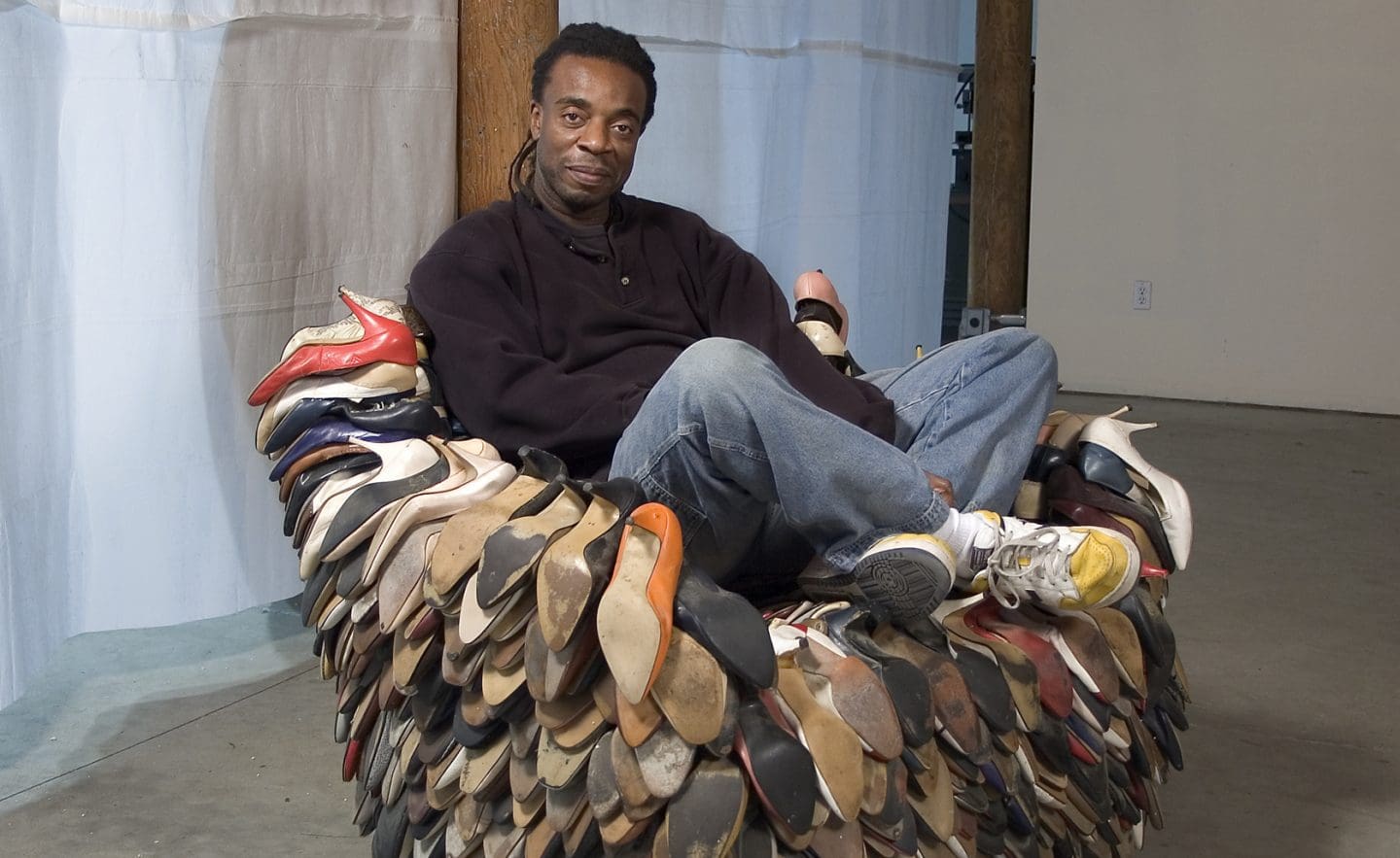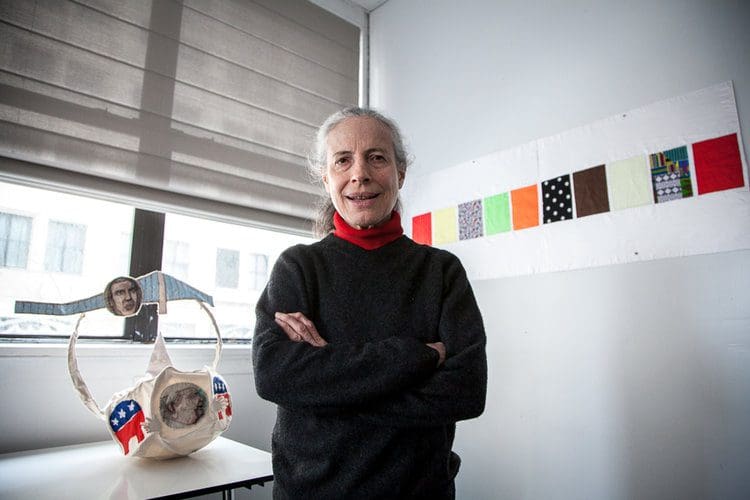We begin to answer this intriguing proposition with our newest exhibition Endangered! which spans 2,000 square feet in the Victoria Hall of Science. Our brilliant team has created an imaginative intersection of science, art, and technology that invites visitors to take a close-up view into the world of extinct and near-extinct animals. Developed as an immersive experience for a multigenerational audience, the exhibit takes guests inside the natural world to learn more about the current threats facing the animal kingdom. Interactive and participatory in multiple ways, this exhibition encourages conversation around climate change and the effect humans have on our habitat.
We are also urging action. Part of the audience engagement embedded in the show includes ideas about how each of us can participate, even with small steps, to change the trajectory of some endangered species. The exhibit also features stories of how humans have been able to slow down the extinction process, even bringing some animals back from the brink of demise. We want visitors to leave feeling curious to learn more but also feeling empowered. This compelling perspective is part of the curriculum developed around Endangered! for our education programs with the region’s schools.
Pausing to express our gratitude to the funders who made this dynamic initiative possible, I want to thank Board Trustee Eleonore Cohen, the New Jersey Department of Community Affairs, the Fannie and Morris Sklaw Foundation, Inc., and the Merrill G. and Emita E. Hastings Foundation. We are so appreciative of your forward-thinking investment.
All this activity takes a direct page from the Museum’s strategic intention to become a destination museum, connecting with audiences over current topics affecting us all. Subsequent phases from this master plan include the expansion of our popular digital lab and the opening of a new science lab over the next few years. And in 2024, we will again reconstruct the former earth science spaces to present Animal Kingdom, which explores how artists from different cultures and across the centuries have depicted animal behavior.
It’s been and continues to be an exciting ride!
Thank you for being part of the journey.
Linda C. Harrison
Director and CEO
The Newark Museum of Art
